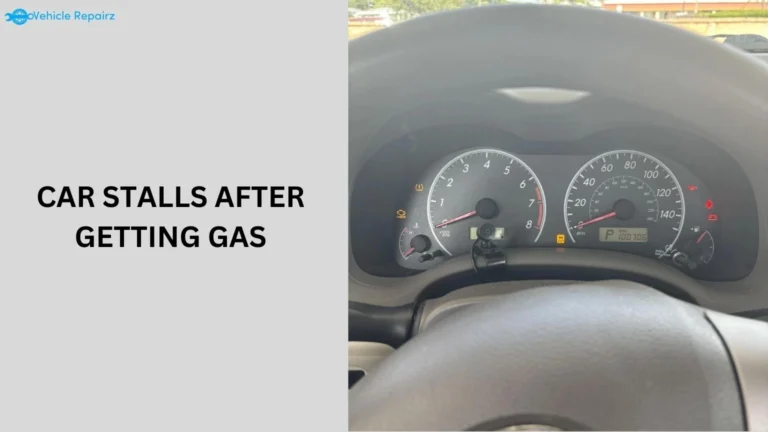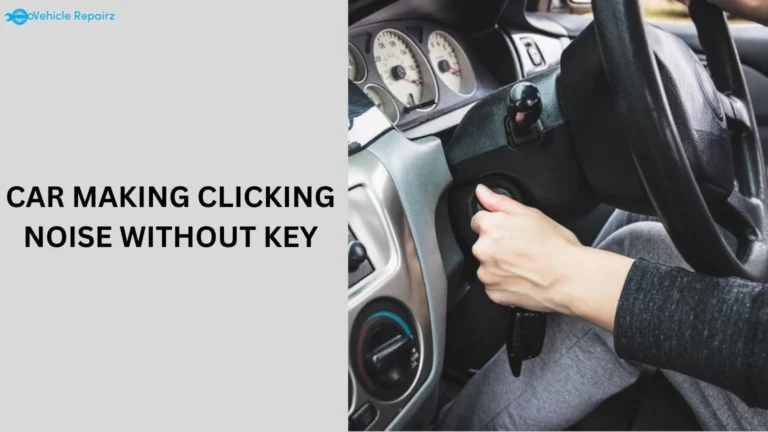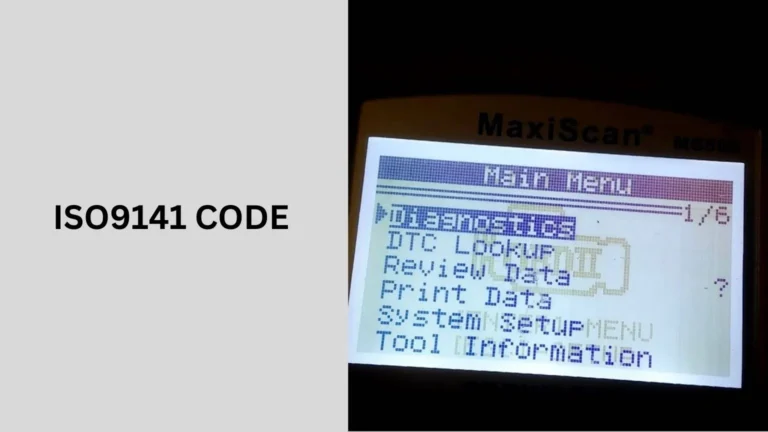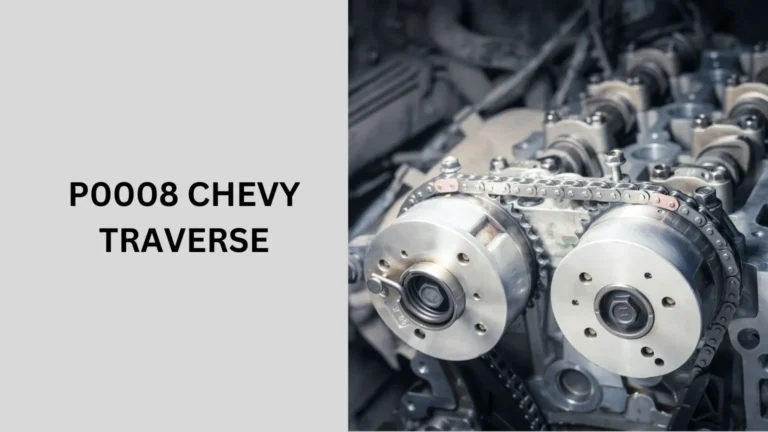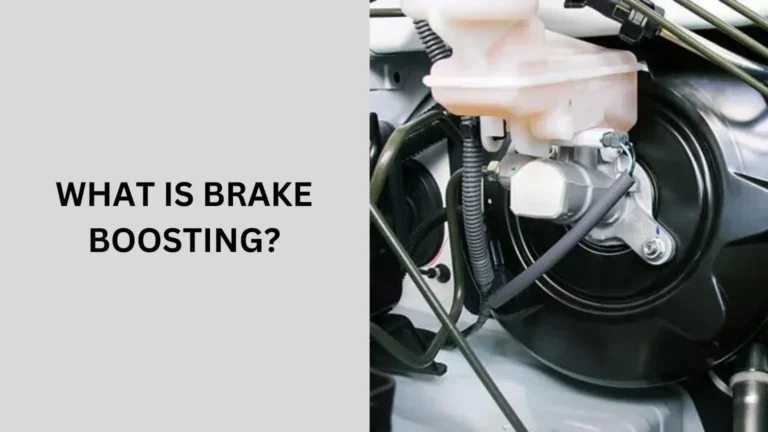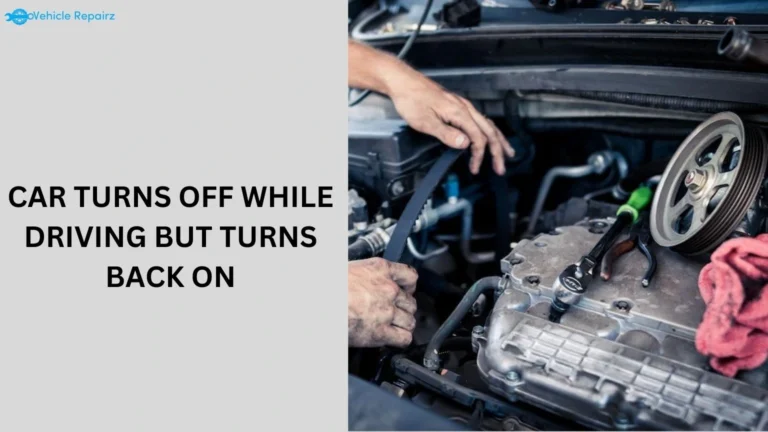VDC Off And Slip Light On: Common Causes and Fixed
If you’re driving and suddenly notice the VDC Off and Slip Light on your dashboard, it’s easy to feel alarmed.
These lights are indicators related to your vehicle’s traction and stability control systems, and they play an essential role in keeping your car safe.
In this article, we’ll explore why these lights come on, what they mean for your vehicle, and how you can fix them.
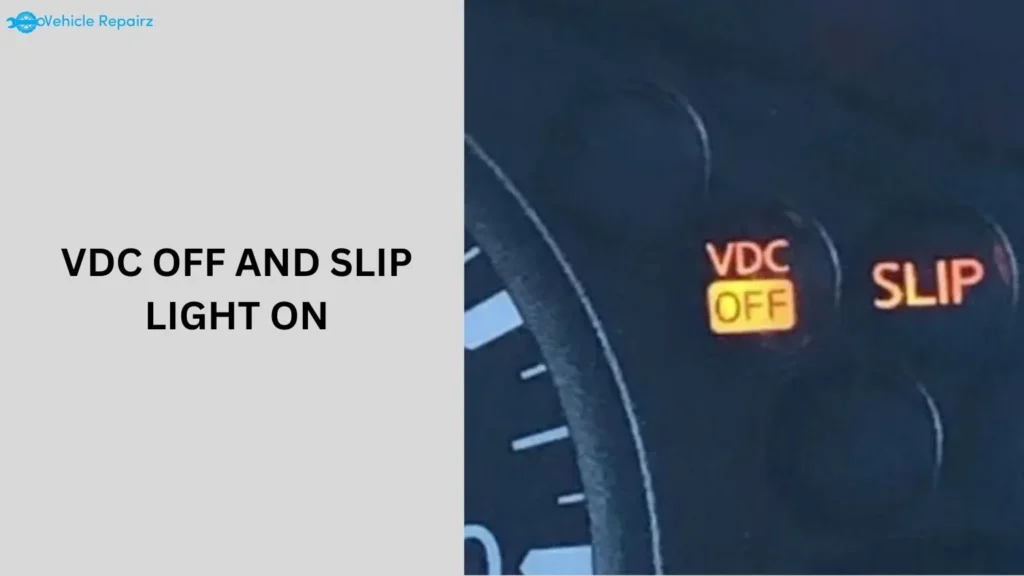
What Is VDC?
Before we dive into why the VDC Off and Slip Light come on, it’s important to understand what VDC is.
Understanding VDC (Vehicle Dynamic Control)
Vehicle Dynamic Control (VDC) is Nissan’s stability control system. It’s designed to help drivers maintain control of their cars in slippery or challenging driving conditions.
VDC works alongside other systems like ABS (Anti-lock Braking System) to keep the vehicle stable by reducing engine output or applying brakes to specific wheels.
What Does VDC Off Mean?
When the VDC Off light comes on, it means the VDC system has been manually turned off or there’s a problem with the system.
This could happen if you’ve accidentally pressed the VDC Off button or if the car’s system has detected a fault. Turning off VDC can make it harder to control the vehicle, especially in slippery conditions.
What Is the Slip Light?
The Slip Light is a warning indicator on your vehicle’s dashboard that activates when the car’s traction control system detects that one or more of the wheels are losing traction.
This typically occurs when you’re driving on slippery surfaces, such as wet, icy, or snowy roads.
When the Slip Light flashes, it indicates that the system is working to regain control by reducing engine power or applying brakes to specific wheels to prevent the car from skidding or sliding.
Slip Light Explained
The Slip Light is a warning indicator that shows when your car’s traction control system detects that the wheels are losing traction.
It’s commonly seen in situations like driving on ice or wet roads. When this light blinks, it means the traction control system is actively working to regain control.
Common Causes of VDC Off And Slip Light On
Now that we understand what these lights mean, let’s look at some of the common reasons why the VDC Off and Slip Light might appear simultaneously.
1. Sensor Issues
One of the most common causes of both lights turning on is a faulty or dirty sensor. The VDC system relies on sensors to monitor wheel speed,
brake pressure, and steering angle. If one of these sensors malfunctions, the system may shut off, triggering both lights.
2. Low Tire Pressure
Low tire pressure can affect your vehicle’s handling and can trigger the Slip Light and VDC Off light.
When your tires are underinflated, it changes how the car interacts with the road, which can cause the system to think there’s a traction issue.
3. Faulty ABS Module
The VDC system works in conjunction with the ABS. If there’s an issue with the ABS module, such as a wiring problem or a failing sensor, it could cause both the VDC Off and Slip Light to turn on.
4. Steering Angle Sensor Problems
The steering angle sensor helps the car understand where you’re trying to steer. If this sensor is off or malfunctioning, the system might think there’s a stability issue, causing the VDC Off and Slip Light to illuminate.
5. Manual Deactivation
In some cases, you might have turned off the VDC manually without realizing it. There’s usually a button to switch VDC off in your car, so check to see if it’s been accidentally pressed.
How to Fix VDC Off And Slip Light Issues?
If you notice both the VDC Off and Slip Light on your dashboard, it’s important to address the issue as soon as possible. Here are some steps you can take:
1. Check Tire Pressure
One of the simplest fixes is to check your tire pressure. Low tire pressure can cause both lights to come on. If your tires are underinflated, fill them to the manufacturer’s recommended levels.
2. Inspect the Sensors
As sensor issues are a common cause, inspect the wheel speed sensors and the steering angle sensor. These are located near the wheels and may get dirty or damaged over time. Cleaning or replacing these sensors may resolve the problem.
3. Restart the Vehicle
Sometimes, the issue is temporary. Try turning off the vehicle, waiting a few minutes, and then restarting it. This can reset the system and might clear the warning lights.
4. Take It to a Mechanic
If you’ve checked tire pressure, and sensors, and still see the VDC Off and Slip Light on, it’s best to take your vehicle to a mechanic. They can use specialized diagnostic tools to pinpoint the exact issue and make the necessary repairs.
Can You Drive With the VDC Off And Slip the Light On?
You can technically drive with these lights on, but it’s not recommended. The VDC system helps prevent your car from skidding or losing control, especially in adverse conditions.
Without it, you’re more likely to experience dangerous driving situations, particularly in rain or snow. It’s better to address the issue as soon as possible.
How Much Does It Cost to Fix VDC Off And Slip Light?
The cost to fix the VDC Off and Slip Light issues can vary depending on the cause of the problem and your vehicle model.
Below are some potential costs associated with common fixes:
1. Sensor Replacement Costs
If the issue is a faulty sensor, you can expect to pay between $100 and $300 for a replacement, depending on the specific sensor and labor costs.
2. ABS Module Repair
If the ABS module is causing the problem, the repair can be more expensive. ABS module replacement can cost anywhere from $500 to $1,000, depending on your vehicle’s make and model.
3. Diagnostic Fees
If you take your car to a mechanic, they will likely charge a diagnostic fee to read the error codes. This typically costs between $50 and $100.
Preventing VDC Off And Slip Light Issues
Preventing VDC Off and Slip Light issues involves regular vehicle maintenance and ensuring that critical components of your car’s stability and traction control systems are functioning properly. Here are some practical steps you can take:
1. Regular Tire Maintenance
Ensure your tires are properly inflated and check them regularly for wear and tear. This simple maintenance can prevent both lights from appearing.
2. Keep Sensors Clean
Regularly inspect and clean your car’s wheel speed sensors and steering angle sensor to prevent dirt and debris from causing malfunctions.
3. Routine Vehicle Inspections
Having your vehicle inspected regularly by a professional can help catch issues before they become serious problems.
Conclusion
When the VDC Off and Slip Light come on, it’s a warning that something’s wrong with your vehicle’s stability or traction control systems.
It could be a simple fix like adjusting tire pressure or cleaning a sensor, but it could also signal a more complex issue that requires professional attention.
Addressing the problem early will help ensure your vehicle remains safe to drive, especially in challenging conditions.

